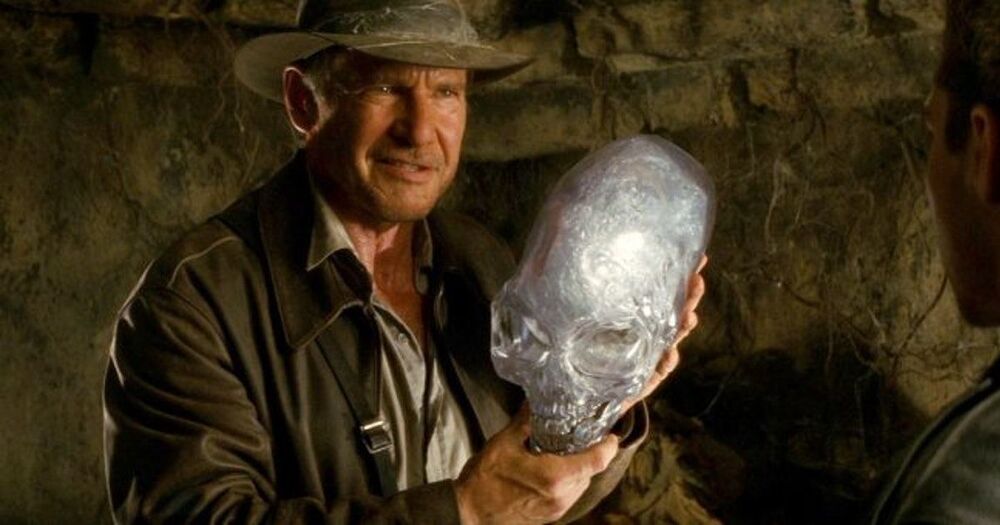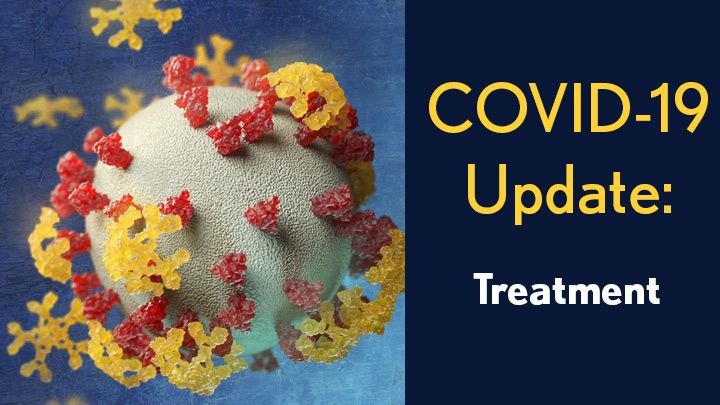Physics World
Experiment shows that classical clocks exhibit the same relationship between entropy and accuracy as their quantum counterparts.


All plant cells obtain their energy mainly from two organelles they contain—chloroplasts (responsible for photosynthesis) and mitochondria (responsible for the biochemical cycle of respiration that converts sugars into energy). However, a large number of a plant cell’s genes in its mitochondria and chloroplasts can develop defects, jeopardizing their function. Nevertheless, plant cells evolved an amazing tool called the RNA editosome (a large protein complex) to repair these kinds of errors. It can modify defective messenger RNA that result from defective DNA by transforming (deamination) of certain mRNA nucleotides.
Automatic error correction in plant cells
Automatic error correction in plants was discovered about 30 years ago by a team headed by plant physiologist Axel Brennicke and two other groups simultaneously. This mechanism converts certain cytidine nucleotides in the messenger RNA into uridine in order to correct errors in the chloroplast DNA or mitochondrial DNA. RNA editing is therefore essential to processes such as photosynthesis and cellular respiration in plants. Years later, further studies showed that a group of proteins referred to as PPR proteins with DYW domains play a central role in plant RNA editing. These PPR proteins with DYW domains are transcribed in the cell nucleus and migrate through the cells to chloroplasts and mitochondria. However, they are inactive on their way to these organelles. Only once they are within the organelles do they become active and execute their function at a specific mRNA site. How this activation works, however, has been a mystery until now.

Last week, I wrote an analysis of Reward Is Enough, a paper by scientists at DeepMind. As the title suggests, the researchers hypothesize that the right reward is all you need to create the abilities associated with intelligence, such as perception, motor functions, and language.
This is in contrast with AI systems that try to replicate specific functions of natural intelligence such as classifying images, navigating physical environments, or completing sentences.
The researchers go as far as suggesting that with well-defined reward, a complex environment, and the right reinforcement learning algorithm, we will be able to reach artificial general intelligence, the kind of problem-solving and cognitive abilities found in humans and, to a lesser degree, in animals.



Most cases of Parkinson’s disease are considered idiopathic – they lack a clear cause. Yet researchers increasingly believe that one factor is environmental exposure to trichloroethylene (TCE), a chemical compound used in industrial degreasing, dry-cleaning and household products such as some shoe polishes and carpet cleaners.
To date, the clearest evidence around the risk of TCE to human health is derived from workers who are exposed to the chemical in the work-place. A 2008 peer-reviewed study in the Annals of Neurology, for example, found that TCE is “a risk factor for parkinsonism.” And a 2011 study echoed those results, finding “a six-fold increase in the risk of developing Parkinson’s in individuals exposed in the workplace to trichloroethylene (TCE).”
Dr Samuel Goldman of The Parkinson’s Institute in Sunnyvale, California, who co-led the study, which appeared in the Annals of Neurology journal, wrote: “Our study confirms that common environmental contaminants may increase the risk of developing Parkinson’s, which has considerable public health implications.” It was off the back of studies like these that the US Department of Labor issued a guidance on TCE, saying: “The Board recommends […] exposures to carbon disulfide (CS2) and trichloroethylene (TCE) be presumed to cause, contribute, or aggravate Parkinsonism.”


At some point in the next few months, Microsoft will start encouraging people to upgrade to Windows 11. If we’re lucky, the company will have learned from its “Get Windows 10” debacle and will not launch a glorified malware application. Regardless of how the company approaches the topic, however, you can bet we’re all going to get blitzed with advertising one way or another.
But that lovely event/hostage-taking is still in the future. For now, Microsoft would appreciate it if everyone stopped downloading the leaked version of Windows 11 that popped up last week. In the process, the OS developer has confirmed what everybody already knew — Windows 11 is, in fact, an official thing that’s happening.

There are now several monoclonal antibodies, identical copies of a therapeutic antibody produced in large numbers, that are authorized for the treatment of COVID-19. But in the ongoing effort to beat this terrible pandemic, there’s plenty of room for continued improvements in treating infections with SARS-CoV-2, the virus that causes COVID-19.
With this in mind, I’m pleased to share progress in the development of a specially engineered therapeutic antibody that could be delivered through a nasal spray. Preclinical studies also suggest it may work even better than existing antibody treatments to fight COVID-19, especially now that new SARS-CoV-2 “variants of concern” have become increasingly prevalent.
These findings come from Zhiqiang An, The University of Texas Health Science Center at Houston, and Pei-Yong Shi, The University of Texas Medical Branch at Galveston, and their colleagues. The NIH-supported team recognized that the monoclonal antibodies currently in use all require time-consuming, intravenous infusion at high doses, which has limited their use. Furthermore, because they are delivered through the bloodstream, they aren’t able to reach directly the primary sites of viral infection in the nasal passages and lungs. With the emergence of new SARS-CoV-2 variants, there’s also growing evidence that some of those therapeutic antibodies are becoming less effective in targeting the virus.-Dr Francis Collins.

The EU’s data protection agencies on Monday called for an outright ban on using artificial intelligence to identify people in public places, pointing to the “extremely high” risks to privacy.
In a non-binding opinion, the two bodies called for a “general ban” on the practice that would include “recognition of faces, gait, fingerprints, DNA, voice, keystrokes and other biometric or behavioural signals, in any context”.
Such practices “interfere with fundamental rights and freedoms to such an extent that they may call into question the essence of these rights and freedoms,” the heads of the European Data Protection Board and the European Data Protection Supervisor said.